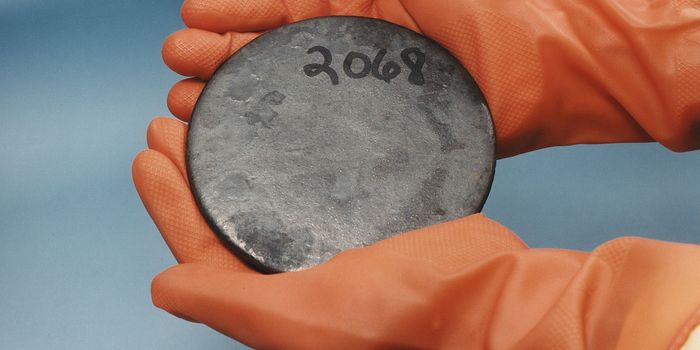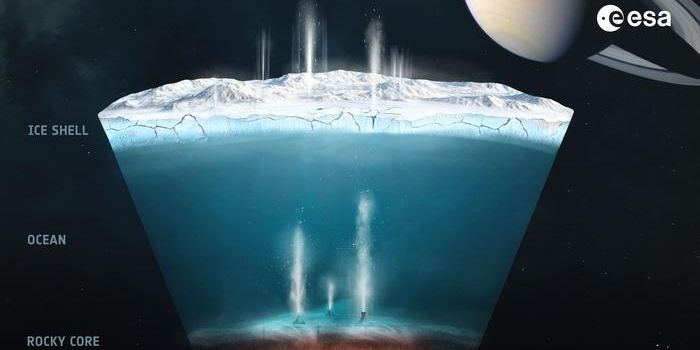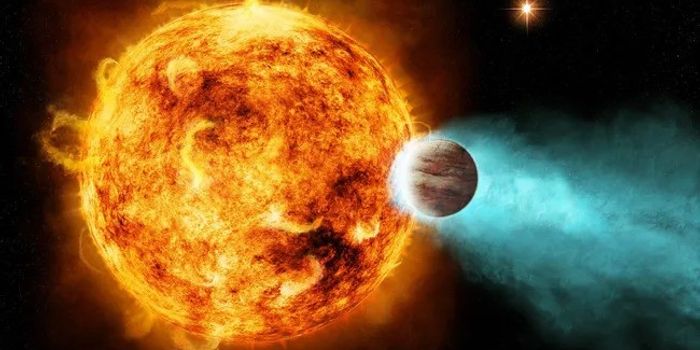Fossil Fuels and the Arctic: Uncovering the Impact of Air Pollution
How do fossil fuels influence the atmospheric chemistry of the Arctic? This is what a recent study published in Nature Geoscience hopes to address as a team of scientists investigated how air pollution caused by fossil fuels influences levels of methanesulfonic acid (MSA), which is an airborne byproduct of marine phytoplankton. This study has the potential to help researchers, climate scientists, and the public better understand the long-term consequences of fossil fuels and the steps that can be taken to mitigate them.
This study builds on several past studies, specifically a 2013 ice core research study from Denali National Park, that hypothesized reduced MSA levels resulted from drastic reductions in phytoplankton during the same period. However, the researchers ruled out a connection between MSA and phytoplankton populations but were still puzzled about the drops in MSA levels in the Arctic.
Image of ice core research being conducted at Denali National Park in 2013. (Credit: Mike Waszkiewicz)
"We rethought all of our prior assumptions," said Jacob Chalif, who is the Lab Manager of the ICE Lab (Ice, Climate, and Environment Lab) at Dartmouth University and lead author of the recent study. "We knew that the declining MSA at Denali wasn't due to marine productivity, so we knew some kind of change in atmospheric chemistry must be involved."
For the study, the researchers analyzed ice cores samples obtained from Greenland and Alaska to ascertain how fossil fuels have impacted marine life, and specifically MSA levels, outside of industrial areas throughout the world. Ice cores are considered time capsules within ice sheets that have been used to study the impacts of climate change, providing scientists with a snapshot of past environments and comparing them to present-day environments. With the youngest ice at the top and the oldest at the bottom, scientists can look back in time within these layers, with each layer denoting one year or season.
In the end, the researchers found substantial reductions in MSA levels despite phytoplankton activity remaining the same, which the team says began in the mid-1800s at the start of the Industrial Revolution in North America and Europa, followed by more reductions almost a century later when East Asia began their own industrial revolution.
"Our study is a stark example of how air pollution can substantially alter atmospheric chemistry thousands of miles away," said Chalif. The pollution emitted in Asia or Europe was not contained there. By releasing all this pollution into the world, we're fundamentally altering atmospheric processes. The fact that these remote areas of the Arctic see these undeniable human imprints shows that there's literally no corner of this planet we haven't touched."
The team did find MSA levels bounced back in the 1990s when due to air pollution regulations in North America and Europa, which could bode well for long-term MSA levels across the globe.
What new discoveries about air pollution and Arctic atmospheric chemistry will researchers make in the coming years and decades? Only time will tell, and this is why we science!
As always, keep doing science & keep looking up!
Sources: Nature Geoscience, Dartmouth University, EurekAlert!









